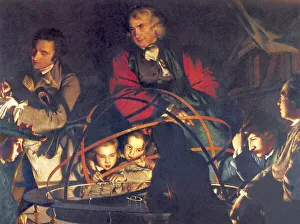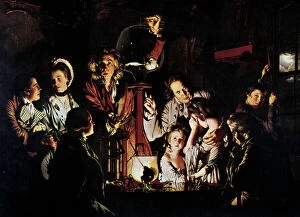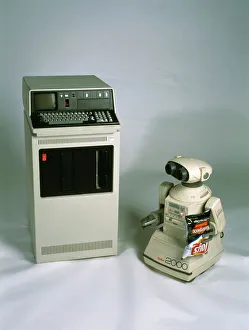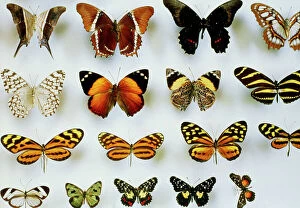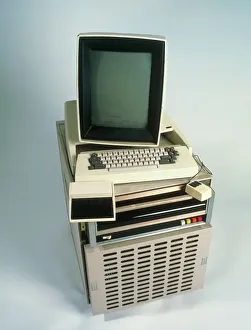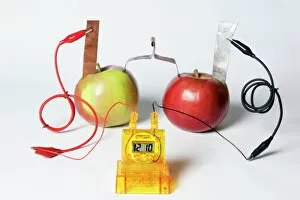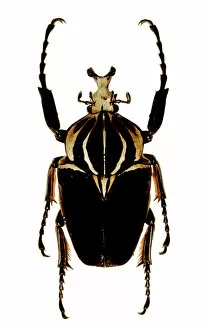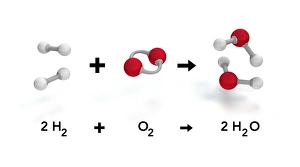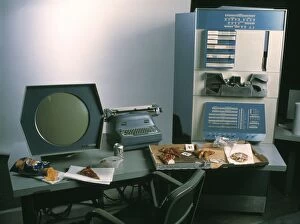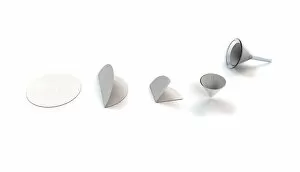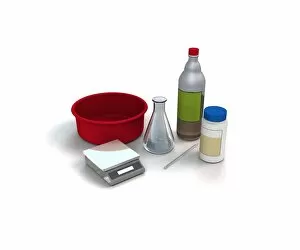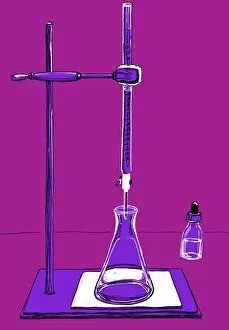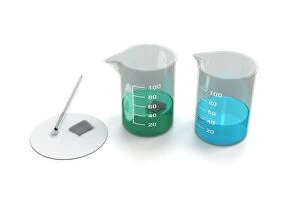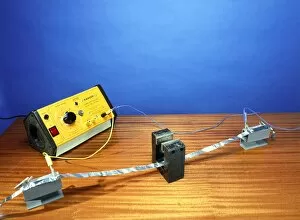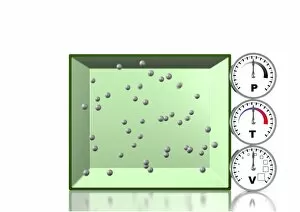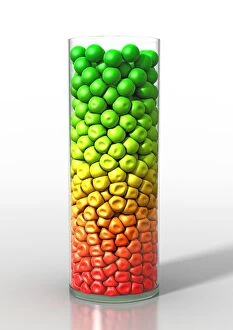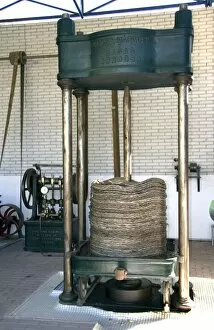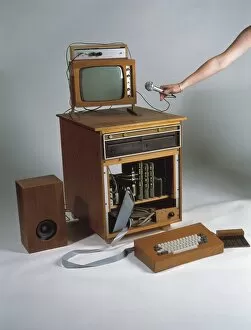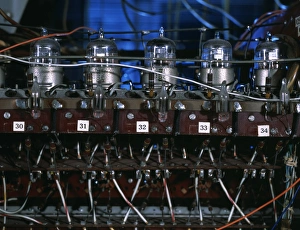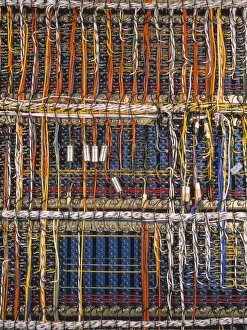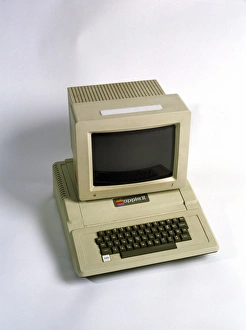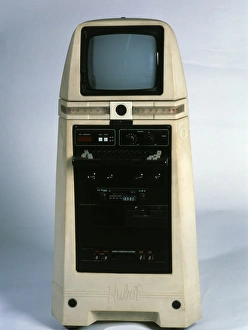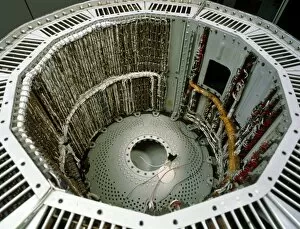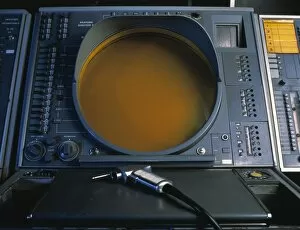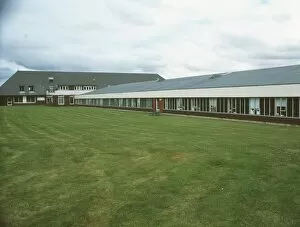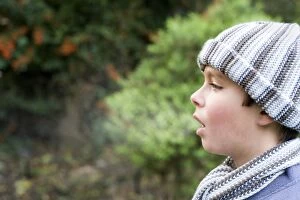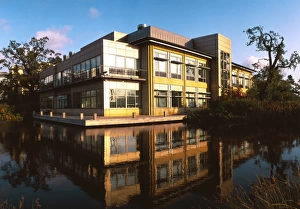Science Education Collection
"Unleashing the Wonders of Science Education
All Professionally Made to Order for Quick Shipping
"Unleashing the Wonders of Science Education: A Journey through Time and Innovation" Step into the realm of scientific enlightenment as we explore the captivating world of science education. Just like Joseph Wright's mesmerizing paintings, "The Orrery" and "The Airpump, " which depicted celestial mechanics and early experiments with air pressure, it has always been a gateway to understanding our universe. From flame tests that reveal the vibrant colors emitted by different elements to groundbreaking technologies like IBM 5110 and Omnibot 2000 robots, innovation has played a pivotal role in shaping how we learn about science. These marvels have ignited curiosity in countless minds, propelling us towards new frontiers. Mounted butterflies delicately preserved on display serve as a testament to nature's intricate beauty while Xerox Alto computers revolutionized personal computing, empowering students to dive deeper into scientific research. The mounted goliath beetle showcases biodiversity at its finest, reminding us of Earth's awe-inspiring creatures waiting to be discovered. But it doesn't stop there. Witness the astonishing fruit-powered clock harnessing chemical reactions for timekeeping or Heathkit H-1 analog computer paving the way for computational thinking. And who can forget DEC PDP-1 computer - an iconic symbol of technological advancement? Science education is not just about theories; it's about witnessing extraordinary phenomena firsthand. Behold sodium reacting with water – an explosive demonstration that leaves us in awe of chemistry's power. In this ever-evolving landscape of knowledge acquisition, science education remains our guiding light. It fuels our imagination, encourages critical thinking skills, and empowers future generations to become catalysts for change. So let us embark on this exhilarating journey together – one where art meets technology and discovery intertwines with wonderment. Join hands with scientists past and present as we unlock the mysteries that surround us through immersive experiences offered by science education - forever expanding horizons beyond what was once thought possible.

